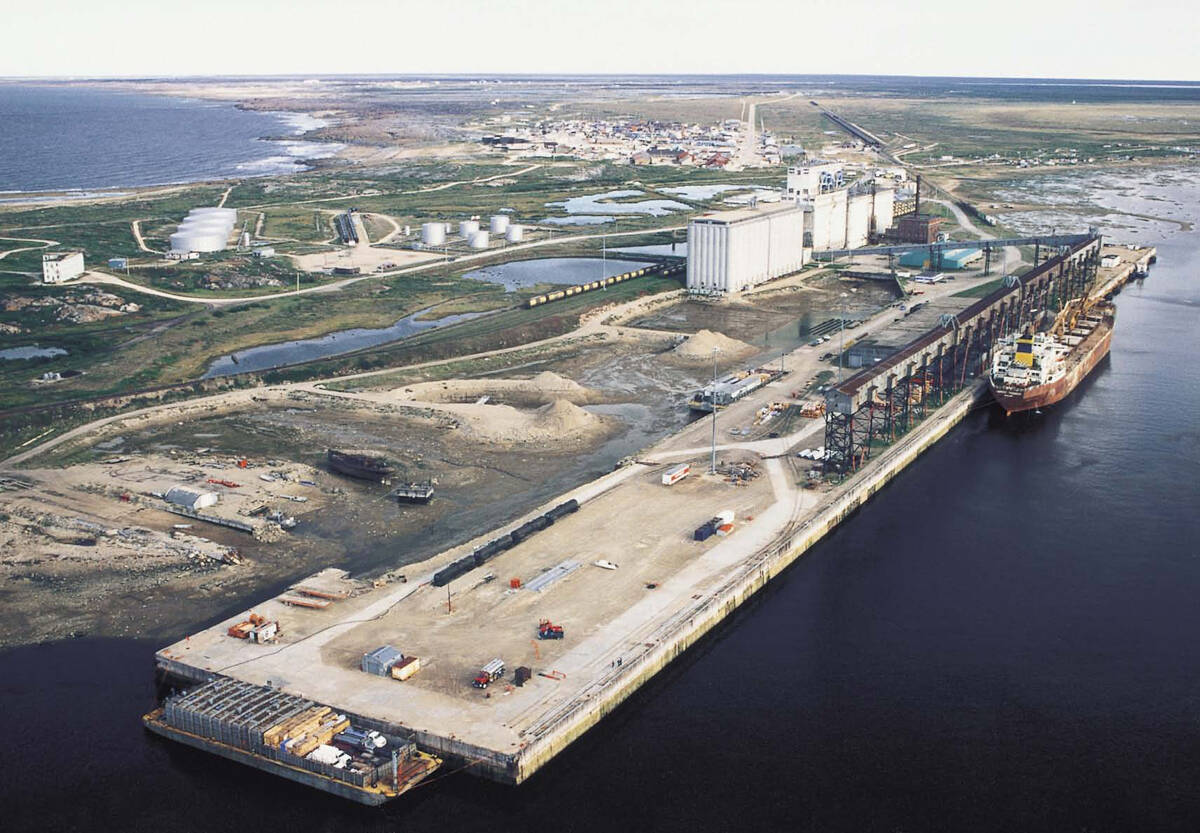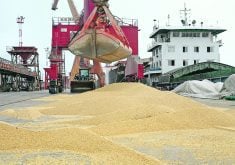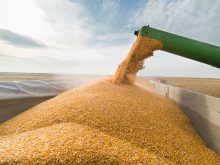Barley prices reversed direction and climbed last week after being on the skids for months.
Recent hot, dry weather spurred a rally that added about $14 a tonne from the low point set in mid July.
Agriculture Canada’s July 4 forecast put barley production this year at 12.68 million tonnes, up from 7.28 million last year.
While bigger, that is still the third smallest barley crop in the last 10 years. With the heat experienced since the forecast was released, the crop might be smaller still.
With a normal situation in the livestock industry, the Canadian Wheat Board would receive almost no barley from farmers, particularly given an initial payment of only $80 per tonne, the lowest initial since 1993-94.
Read Also

Defence investments could benefit agriculture
A bump in Canada’s NATO spending commitments could lead to infrastructure investments that would benefit rural areas
The board’s exports have steadily dropped since the growing Canadian livestock feeding industry offered better prices than the export market.
Barley exports peaked in 1986-87 at 6.5 million tonnes, falling to about a million tonnes in 2001-02 and shrivelling to about 300,000 tonnes in the crop year just ended.
This year, with more barley available and a stronger Canadian dollar, barley is likely to win back a lot of the domestic market share it lost to American corn last year.
But that big BSE cloud hangs over the cattle industry.
If the border looks like it will remain closed for years, Canada will have to start a culling program that would also spark a big adjustment to future barley acreage.
The cull, if it is needed and we fervently hope it isn’t, probably wouldn’t get under way until next year, so none of this is expected to have a big impact on this year’s crop.
But for interest’s sake, let’s look at the international barley market.
The European Union last week stopped all grain exports while it assesses the damage caused by this summer’s heat wave.
Russia and Ukraine are also out of the barley export market and Australia has moved back into a dry trend.
But demand is also expected to be down in key regions. North Africa and the Middle East have had good domestic crops and are expected to import less.
The American corn crop will also affect barley prices. A big harvest is expected and prices have reflected that, but part of the western corn belt is now dry and corn futures have strengthened slightly.














